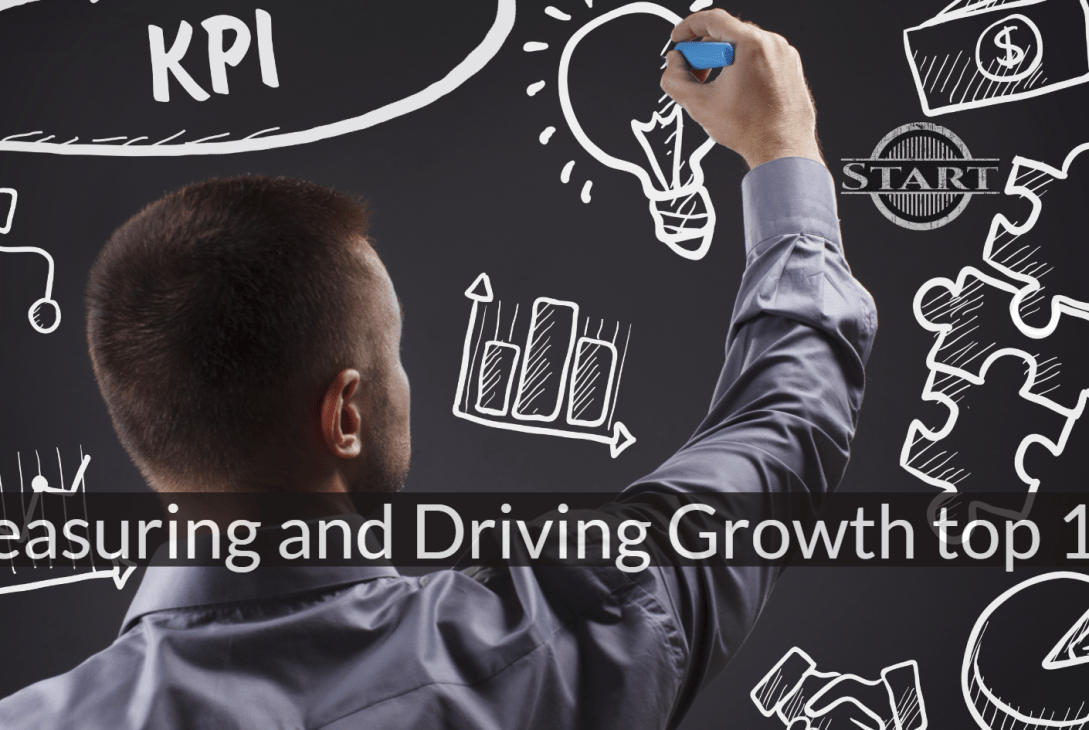Page Contents
Business success KPIs?In today’s competitive business landscape, measuring performance is crucial for driving success and achieving business objectives.
Key Performance Indicators (KPIs) play a vital role in assessing progress, identifying areas for improvement, and making data-driven decisions. In this blog post, we will delve into the top 10 KPIs that are essential for measuring and driving business success.
By understanding and effectively utilizing these KPIs, you can gain valuable insights into your organization’s performance and take strategic actions to propel growth.
1.Business success KPIs: Revenue Growth Rate
Revenue growth rate measures the percentage increase or decrease in revenue over a specific period. It helps gauge the effectiveness of your sales and marketing efforts, as well as the overall health of your business. Tracking revenue growth rate allows you to identify trends, set realistic targets, and assess the success of your growth strategies.
2.Customer Acquisition Cost (CAC)
CAC measures the average cost incurred to acquire a new customer. It includes marketing and sales expenses, such as advertising, promotions, and personnel costs. By monitoring CAC, you can optimize your customer acquisition strategies, improve marketing ROI, and ensure cost-effective growth.
3.Customer Lifetime Value (CLV)
CLV represents the total value a customer brings to your business over their lifetime. So It helps you understand the profitability of your customer base and the potential for future revenue. But by analyzing CLV, you can identify high-value customers, personalize marketing efforts, and prioritize customer retention strategies.
4.Gross Profit Margin
Gross profit margin measures the percentage of revenue retained after deducting the cost of goods sold (COGS). It indicates the efficiency of your operations and pricing strategies. Monitoring gross profit margin helps optimize pricing, control costs, and ensure sustainable profitability.
5.Return on Investment (ROI)
ROI measures the return generated from an investment relative to its cost.So it provides insights into the effectiveness of your investments in marketing campaigns, projects, or new initiatives. Tracking ROI enables you to allocate resources wisely, identify high-performing investments, and optimize your business strategy.
6.Customer Churn Rate
Customer churn rate calculates the percentage of customers who stop using your products or services over a given period. It reflects customer satisfaction, loyalty, and the effectiveness of your retention efforts. But by monitoring churn rate, you can identify pain points, enhance customer experience, and implement strategies to reduce churn.
7.Employee Productivity
Employee productivity measures the output and efficiency of your workforce. It can be measured through various metrics, such as sales per employee, units produced per hour, or revenue generated per employee. Tracking employee productivity helps optimize resource allocation, identify training needs, and improve overall operational efficiency.
8.Inventory Turnover
Inventory turnover measures how quickly your inventory is sold and replaced within a specific period.So it indicates the effectiveness of inventory management, demand forecasting, and supply chain efficiency. Monitoring inventory turnover helps optimize stock levels, reduce carrying costs, and improve cash flow.
9.Website Traffic Conversion Rate
Website traffic conversion rate measures the percentage of website visitors who take a desired action, such as making a purchase,
signing up for a newsletter, or filling out a contact form. It reflects the effectiveness of your website design, content, and marketing strategies. Monitoring conversion rate helps optimize website performance, increase lead generation, and improve online customer experience.
10.Customer Satisfaction Score (CSAT)
CSAT measures customer satisfaction levels through surveys or feedback. It provides insights into how well your products, services, and customer support meet customer expectations. Monitoring CSAT helps identify areas for improvement, enhance customer loyalty, and drive repeat business.
Conclusion
The top 10 KPIs discussed in this blog post serve as essential measures for tracking and driving business success. But from revenue growth rate and customer acquisition cost to customer lifetime value and gross profit margin, each KPI offers unique insights into different aspects of your organization’s performance.
But by regularly monitoring and analyzing these KPIs, you can make informed decisions, identify areas for improvement, and align your strategies to achieve business goals. Whether it’s optimizing marketing campaigns,
improving customer retention, or enhancing operational efficiency, these KPIs provide a comprehensive framework for measuring and driving growth.
Remember, KPIs are not meant to be viewed in isolation but should be analyzed in conjunction with other relevant metrics and contextual factors. Additionally, it’s crucial to set realistic targets, establish benchmarking standards, and regularly review and refine your KPIs to ensure their relevance and effectiveness.
So as you incorporate these KPIs into your performance measurement framework, leverage the power of data-driven insights to steer your organization towards success. Embrace a culture of continuous improvement, foster a data-driven mindset, and empower your teams to take ownership of their respective KPIs.
But with a deep understanding of your organization’s performance and the ability to make informed decisions, you can navigate the dynamic business landscape with confidence and drive sustainable growth.
So, embrace the power of these top 10 KPIs, integrate them into your performance management system, and unlock the full potential of your business. But by measuring and leveraging these KPIs effectively, you can propel your organization forward, exceed expectations, and achieve long-term success.
business kpi marketing measuring online business seo
Last modified: 24 February 2024










[…] and a deeper understanding of consumer behavior. The introduction of advanced technologies like AI and increased focus on interactivity…